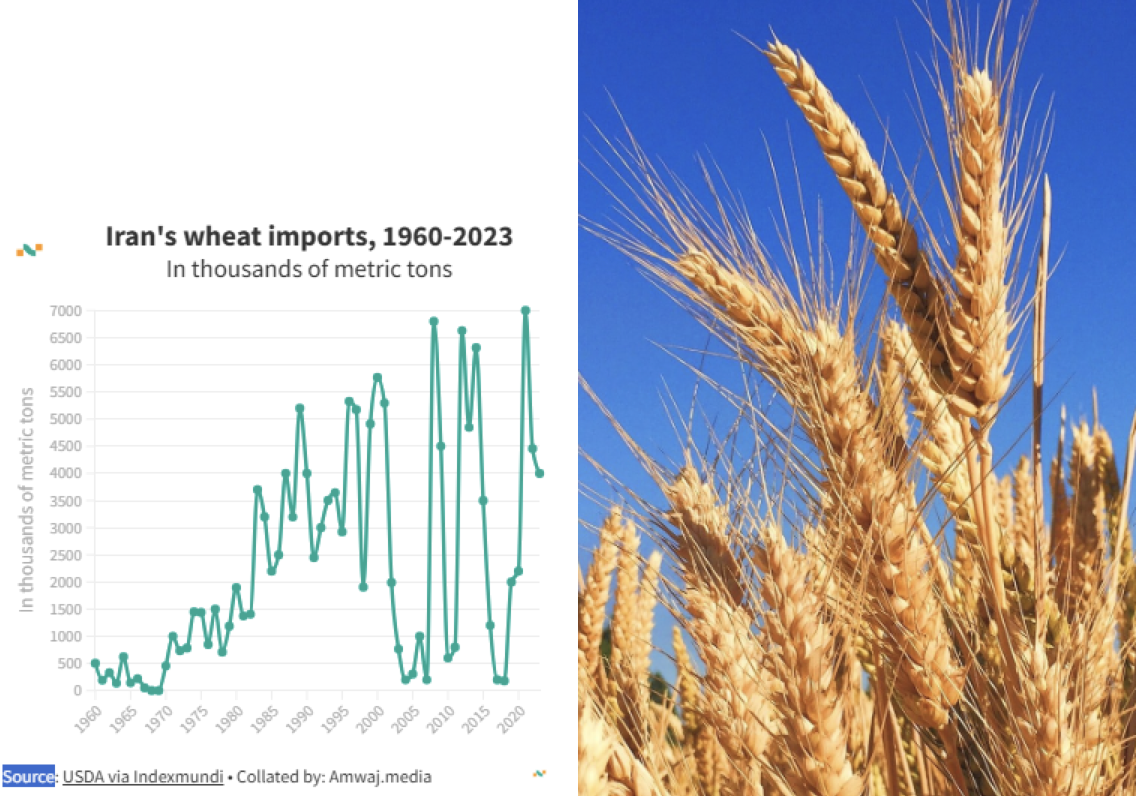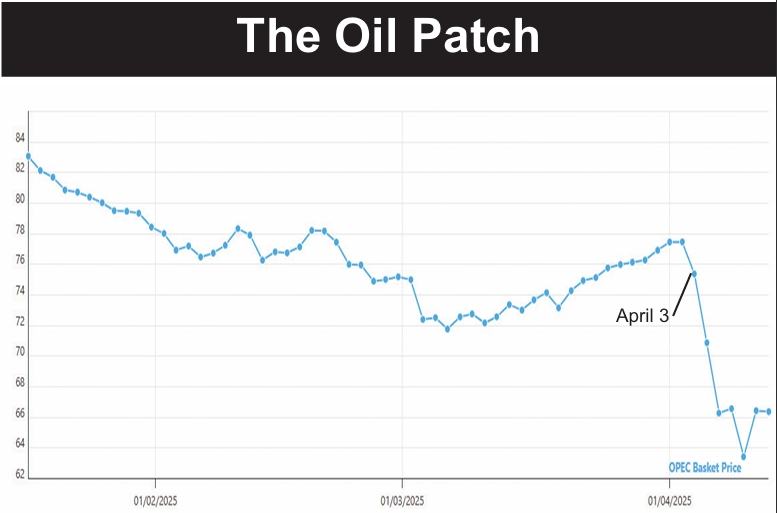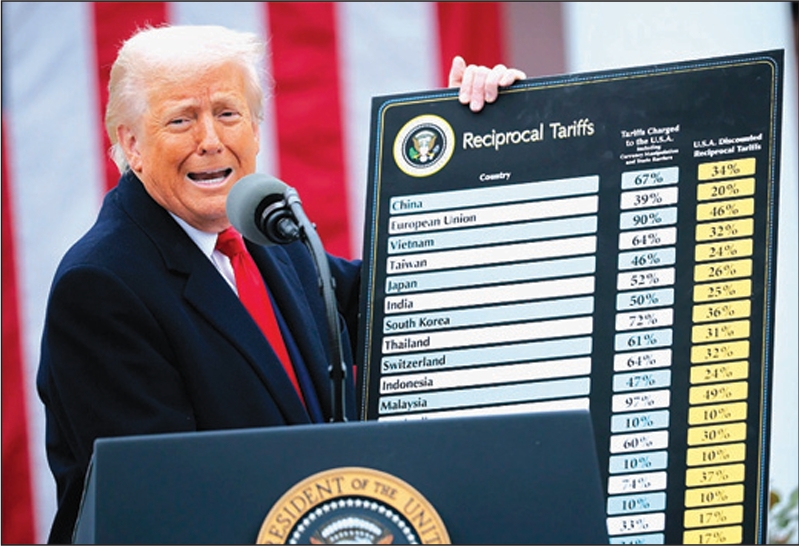December 20-2013

Archaeologists are pondering a mystery code found in clay balls dug up in Western Iran and presumably used to keep records about two centuries before writing was invented.
Christopher Woods, a professor at the University of Chicago’s Oriental Institute, said the clay balls could represent the world’s “very first data storage system,” the Huffington Post reported.
The balls were sealed and contain tokens in a variety of geometric shapes—the balls varying from golf ball-size to baseball-size.
Some of the balls were broken open. But to avoid that destruction, high-resolution CT scans and 3D modeling were used by the researchers to look inside more than 20 examples excavated at the site of Choga Mish, in western Iran, in the late 1960s.
The balls were created about 5,500 years ago when early cities were flourishing in Meso-potamia.
Researchers have long believed these clay balls were used to record financial transactions. That interpretation is based on an analysis of a 3,300-year-old clay ball found at a site in Meso-potamia named Nuzi that had 49 pebbles and a cuneiform text containing a contract commanding a shepherd to care for 49 sheep and goats.
How these devices would have worked in prehistoric times, before the invention of writing, is a mystery. Researchers now face the question of how people recorded the number and type of a commodity being exchanged without the help of writing.
The tokens inside the balls come in 14 different shapes, including spheres, pyramids, ovoids, lenses and cones, the researchers found. Rather than representing whole words, these shapes most likely conveyed numbers used in counting different types of commodities, Woods suggested. One ovoid, for instance, might mean 10 sheep while one cone could mean 100 bushels of wheat.
All of the clay balls contain, on the outside, one “equatorial” seal (running around the middle like the Equator) and quite often two “polar” seals, at the top and bottom like the North and South Poles.
The equatorial seals tend to be unique and more complex containing what appear to be mythological motifs; for instance, one ball shows human figures fighting what appear to be serpents. The polar seals, on the other hand, are repeated often and tend to have simpler geometric motifs.
Based on this evidence, Woods hypothesizes the equatorial seal represents the “buyer” or recipient; the polar seals would represent the “seller” or distributor and perhaps third parties who would have participated in the transaction or acted as witnesses.
Many people would have acted as the buyers, but only a limited number of sellers or distributors would have been around to transact business with, explaining why the polar seals are repeated more often.
























